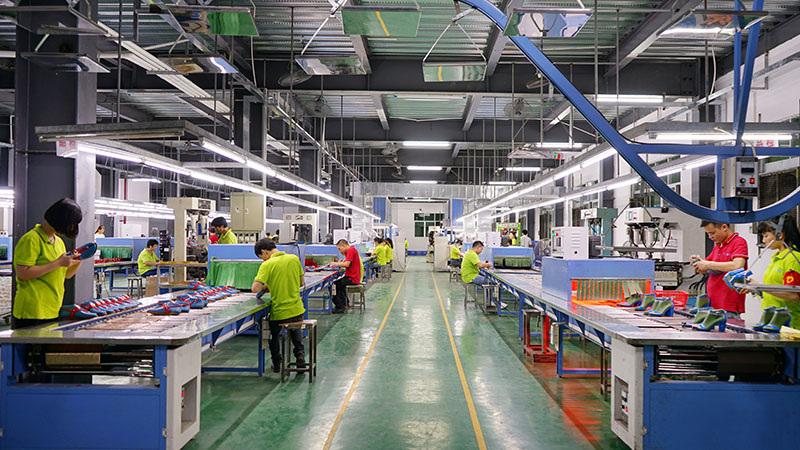Shoe making is a complex process that involves various stages and techniques. In a shoe making factory, the process of making shoes starts with the design stage, where the designer creates a sketch or a digital model of the shoe.
Once the design is finalized, the next step is to create a pattern. The pattern is a template that is used to cut the leather or other materials that will be used to make the shoe. The pattern is created using a last, which is a foot-shaped mold that is used to shape the shoe.
After the pattern is created, the leather or other materials are cut and prepared for assembly. The assembly process involves stitching the pieces of leather together to create the upper part of the shoe. The upper is then attached to the sole of the shoe, which is made of rubber, leather, or another material.

Next, the shoe goes through a finishing process, which involves trimming excess materials, adding decorations or embellishments, and polishing the shoe. The final step is to inspect the shoe for quality and ensure that it meets the factory’s standards.
In a shoe making factory, the entire process is automated to increase efficiency and reduce costs. Machines are used to cut and stitch the leather, and even the finishing process is automated to ensure consistency in the quality of the shoes.
Shoe making factories produce a variety of shoes, ranging from athletic shoes to dress shoes. The shoes are made in different sizes and styles to cater to the needs of different customers.
In conclusion, the process of shoe making in a factory involves several stages, from design to assembly to finishing. The process is highly automated to increase efficiency and reduce costs, and the shoes are made in a variety of styles and sizes to cater to the needs of different customers.



